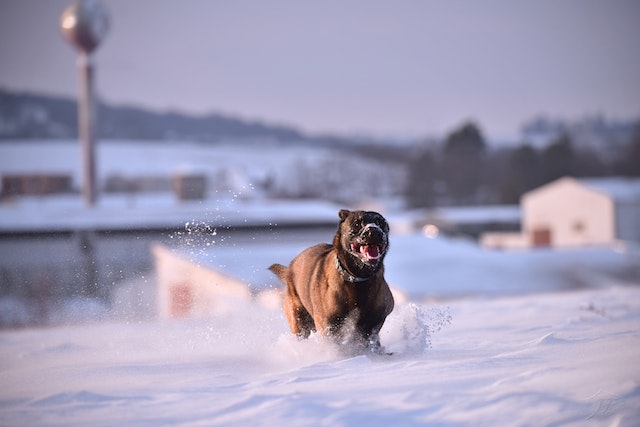The world of law enforcement is ever-changing, and police departments must continuously update and adapt their training methods to reflect the latest trends. One area that has seen significant changes in recent years is K9 police training.
K9 police dogs are an invaluable asset to any department, and their abilities can be put to a variety of uses, from tracking and apprehending suspects to finding missing persons. However, training a police dog is a complex and involved process, and it is important for those considering pursuing a career in K9 law enforcement to understand what to expect from a basic K9 police training course.
In this article, we will take a look at some of the essential elements of a basic K9 police training course. We will also provide an overview of the different types of police dogs and their respective roles in law enforcement.
Basic K9 Police Training Course Overview
A typical K9 police training course will cover a wide range of topics, from canine care and management to obedience training and patrol work. Below, we have outlined some of the key areas that will be covered in a basic K9 police training course:
Canine Care and Management–
As a K9 police officer, you will be responsible for the care and well-being of your police dog. This will include providing food, water, and shelter, as well as ensuring that the dog has regular veterinary check-ups. You will also need to learn how to groom and bathe a police dog, as well as how to handle common health problems.
Obedience Training–
All police dogs must undergo obedience training, which will teach them to respond to basic commands such as sit, stay, come, and down. Obedience training is essential for keeping a police dog under control in potentially dangerous situations.
Patrol Work–
Patrol work is one of the most important duties of a K9 police officer. During the patrol, you and your dog will search for suspects, chase down fleeing criminals, and conduct building searches. You will also be responsible for locating and apprehending wanted persons.
Tracking–
Tracking is another important duty of K9 police officers. Police dogs are trained to follow the scent of a person or object, and this ability can be used to locate missing persons, track fleeing suspects, and recover evidence.
Detection Work–
Many police dogs are also trained in detection work, which involves using their sense of smell to identify illegal drugs, explosives, and other contraband.
Handler Protection–
In addition to their duties as working dogs, police dogs also serve as a form of protection for their handlers. Police dogs are trained to defend their handlers from physical attack, and they can also be used to provide a visual deterrent against potential threats.
Types of Police Dogs
There are many different types of police dogs, each with its own unique set of skills and abilities. The most common types of police dogs are listed below:
German Shepherds–
German shepherds are one of the most popular breeds of police dogs. They are highly intelligent and trainable, and they are also large and physically powerful.
Labrador Retrievers–
Labrador retrievers are another popular breed of police dogs. They are known for their loyalty, obedience, and trainability, and they are often used in search and rescue operations. Labrador retrievers are also frequently used as detection dogs, as they have a keen sense of smell.
Golden Retrievers–
Golden retrievers are another popular choice for police work. They are gentle and cheerful by nature, which makes them well-suited for tasks such as search and rescue. Golden retrievers are also often used as detection dogs, as they have an excellent sense of smell.
Dutch Shepherds–
Dutch shepherds are a less common breed of police dogs, but they are gaining in popularity due to their versatility and trainability. However, Dutch shepherds excel at a variety of tasks, including tracking, patrol work, and detection work.
Malinois–
Malinois is a type of Belgian shepherd dog that is often used as a police dog. They are known for their high energy level, intelligence, and trainability. Malinois are often used in search and rescue operations, as well as in detection work.
Do you have what it takes to be a K9 police officer?
If you are interested in becoming a K9 police officer, you will need to have a strong commitment to public service and a desire to work with dogs. You will also need to be physically fit, as police work can be demanding.
If you think you have what it takes to become a K9 police officer, contact your local police department or search online for K9 training programs in your area.







